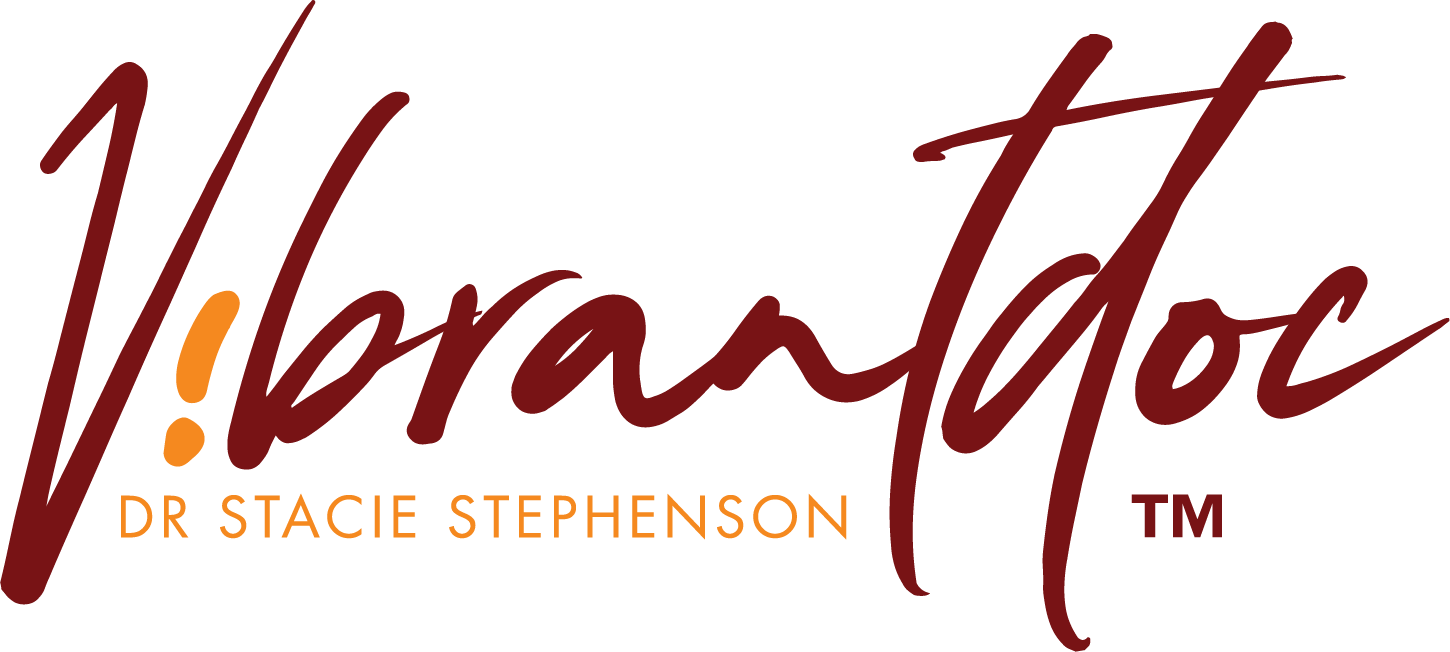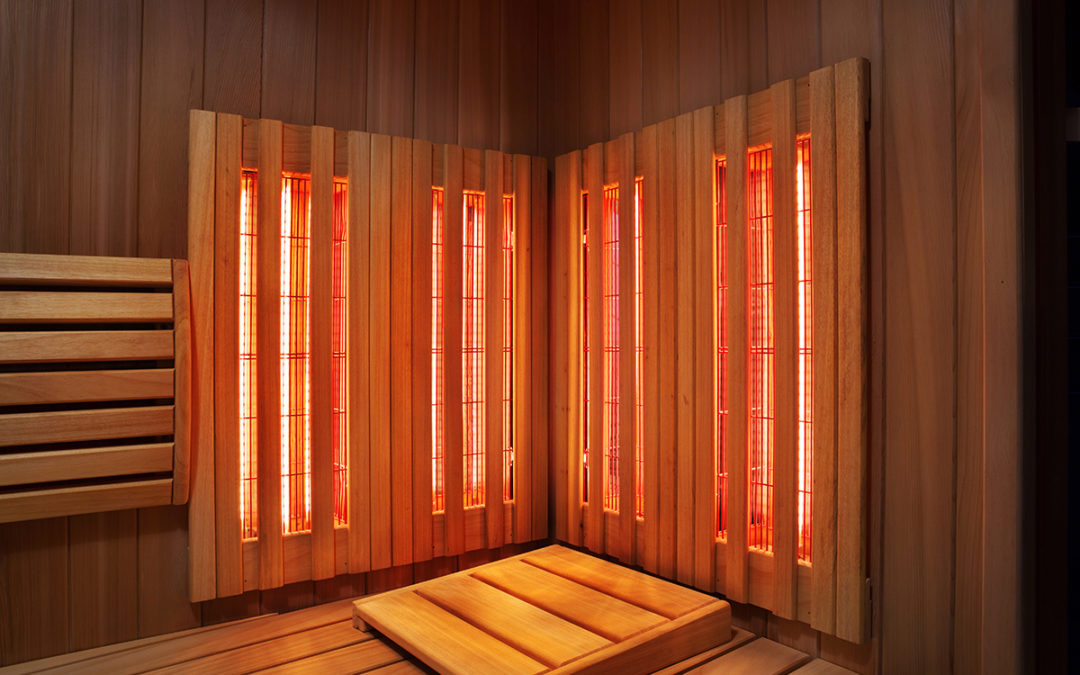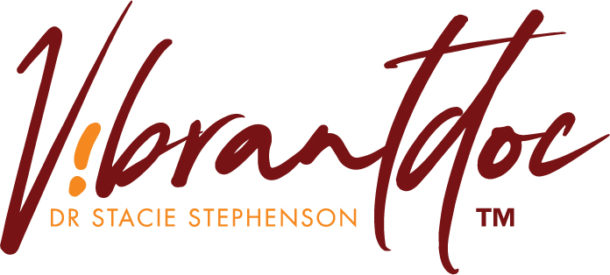If you’ve ever tried an infrared sauna or a red light booth, or even had a red light treatment offered to you at the dermatologist, you may wonder what this therapy is and whether it actually works.
Red light penetrates the skin and goes into the cells, stimulating the mitochondria to produce more energy. It also has a beautiful anti-aging effect on skin, stimulating more collagen production to improve skin texture and firmness, and to reduce the look of fine lines and wrinkles. It is sometimes used to treat dark spots and to heal lesions, and it can also help with muscle and joint pain because of its penetrative effect.
At least, these are the claims about red light therapy, but does it actually do anything, according to the research? It does:
- Younger skin: A 2014 controlled trial published in Photomedicine and Laser Surgery looked at how well red and near-infrared light treatments reduced fine lines and wrinkles and improved skin texture and collagen density. The treated subjects reported significantly improved complexion, smoothness, and denser collagen. Photographs confirmed the benefits and the study concluded that red light is a safe and effective treatment for skin rejuvenation.
- Faster healing: A 2017 study published in Nature scientific reports investigated red, blue, and green light therapy on endothelial cells and found that both red and green (but not blue) light increased cell turnover and wound healing.
- Reduced pain: A 2016 study published in the Journal of Neuroinflammation showed that red light could penetrate an injured spinal cord and significantly reduce signs of pain hypersensitivity, along with cell death and inflammation, while also increasing healing activity.
- Better brain: One interesting study showed that when people with dementia were treated with infrared light therapy on their heads and through their noses, they remembered things more easily, felt less angry, and slept better after 12 weeks of this treatment. A more comprehensive 2019 study took a deep dive into the effects of light therapy for Alzheimer’s disease and found promising effects, from improved metabolism and blood flow and protected brain cells to reduced oxidative stress and inflammation in the brain. Red light even stimulated the creation of new brain cells and synapses, implying that red light therapy could increase neuroplasticity.
What I take away after surveying the research is that red light therapy really does make a difference and is probably worth trying if you are looking for ways to reverse-age your skin, speed healing to your injury, reduce your chronic pain, or keep your brain sharp into old age. Considering there are little to no side effects of this treatment, I give it a thumbs-up.
You can get a high quality light therapy treatments doctors and some salons, or try a DIY approach by purchasing your own red light panel, bed, sauna, mask, or handheld device (be sure it’s FDA-approved). Use it regularly (follow the instructions for safety) for best results.


